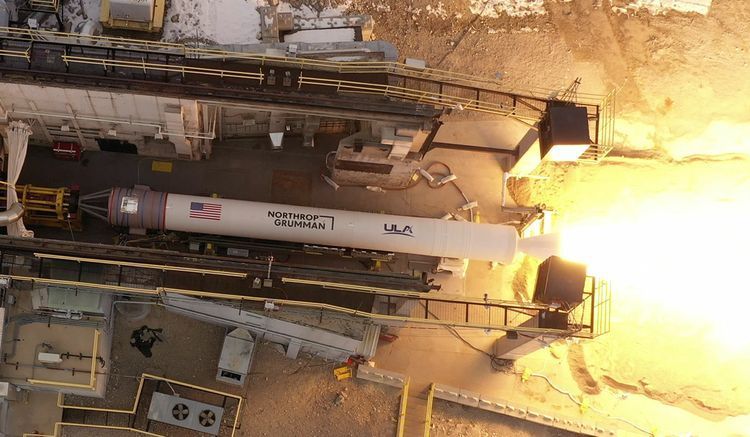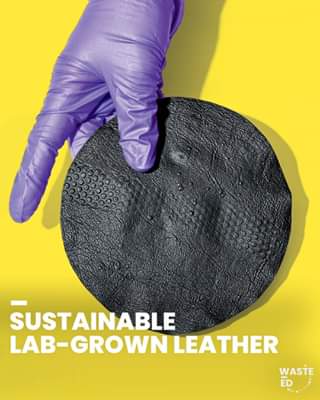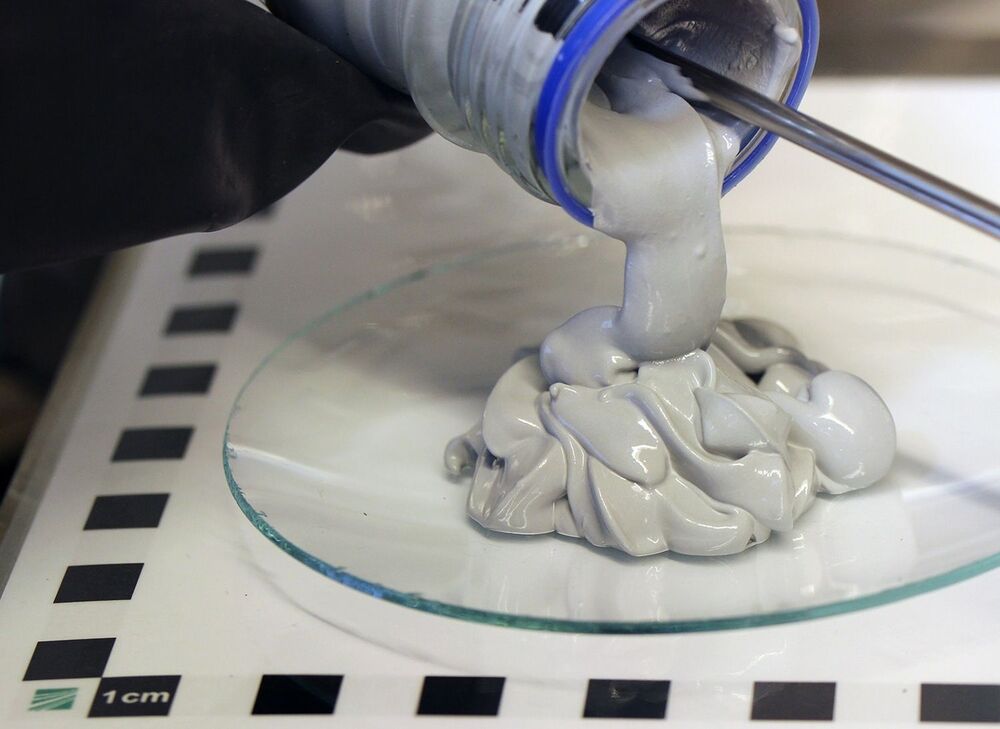Scientists say the EpiMap resource has uncovered “circuitry of the human genome.”



SpaceX won a NASA contract Feb. 4 to launch a small astrophysics mission, continuing its string of similar agency contracts over the last two years.
WASHINGTON — SpaceX won a NASA contract Feb. 4 to launch a small astrophysics spacecraft, continuing the company’s string of similar agency contracts over the last two years.
NASA awarded a contract to SpaceX for the launch of the Spectro-Photometer for the History of the Universe, Epoch of Reionization, and Ices Explorer (SPHEREx) spacecraft on a Falcon 9 in June 2024. The value of the launch contract is $98.8 million, which includes the launch itself and other “mission-related costs,” the agency said.



Most image-recognition systems are trained using large databases that contain millions of photos of everyday objects, from snakes to shakes to shoes. With repeated exposure, AIs learn to tell one type of object from another. Now researchers in Japan have shown that AIs can start learning to recognize everyday objects by being trained on computer-generated fractals instead.

Video of artificial leather. 😃
This lab-grown leather that leaves animals the fuck alone is ready to wear! About 80% of leather worldwide is tanned in a toxic process resulting in massive amounts of chemical waste flooding the environment. It also poses a serious health risk to industrial tannery workers, not to mention the animals who lose their lives for a pair of shoes. By using nature’s building blocks to create materials designed for functionality, performance AND style, Modern Meadow might just have found a win-win solution!

Fascinating new episode with NASA planetary geophysicist Bruce Banerdt, the principal investigator for the Mars InSight lander which is changing the way scientists now view Mars’ interior dynamics and inner workings. Please have a listen.
I welcome Bruce Banerdt, the principal investigator for NASA’s Mars InSight lander, which has been operating on the Martian surface for two years now. Although it’s had some technical issues, it’s offered a sea change in how geophysicists are interpreting the dynamics and makeup of the Martian core. In this episode, we talk about what we currently understand about Mars’ geophysical makeup and, among other things, whether it ever had plate tectonics which was so crucial for the evolution of sentient life here on Earth.

